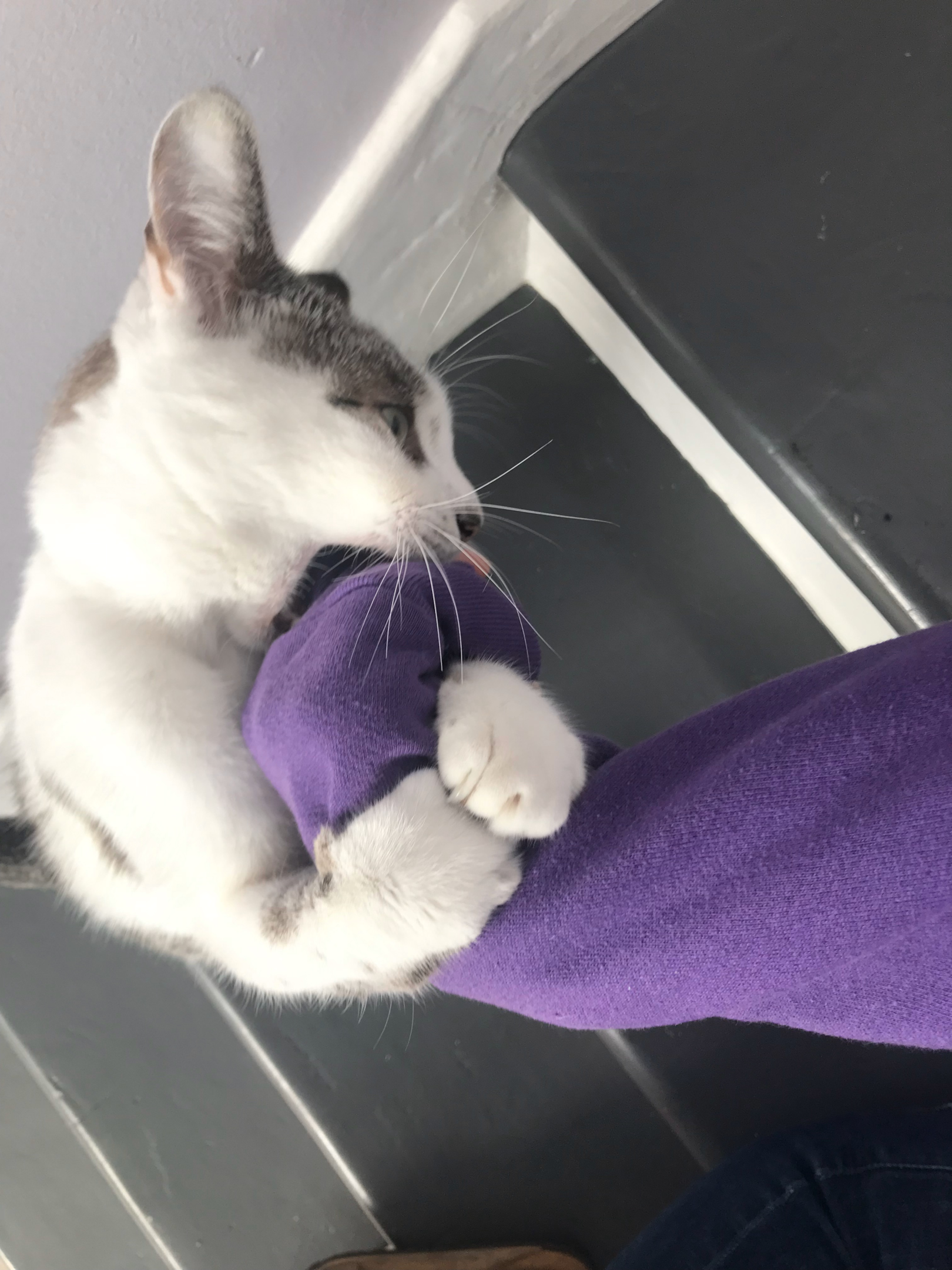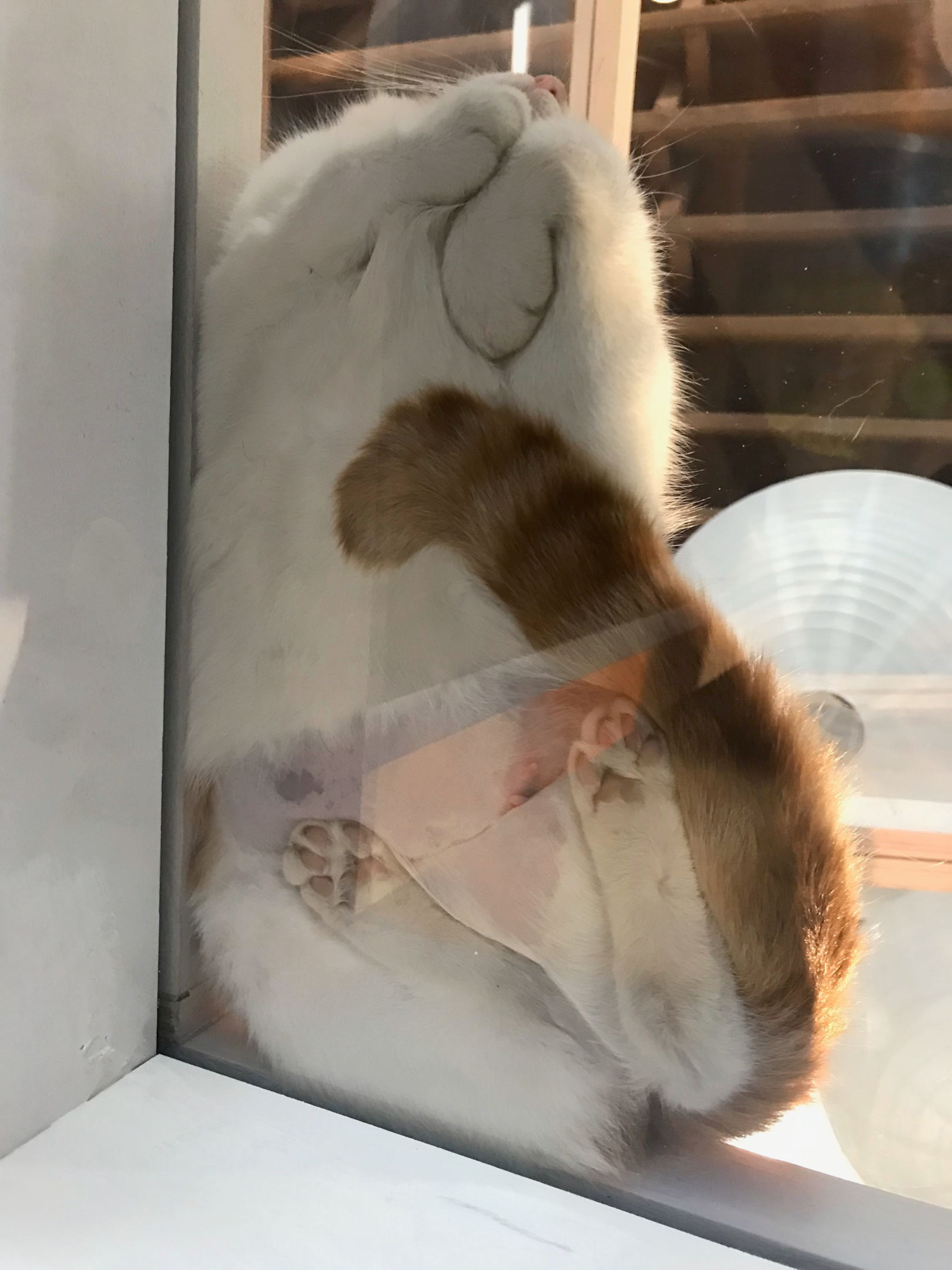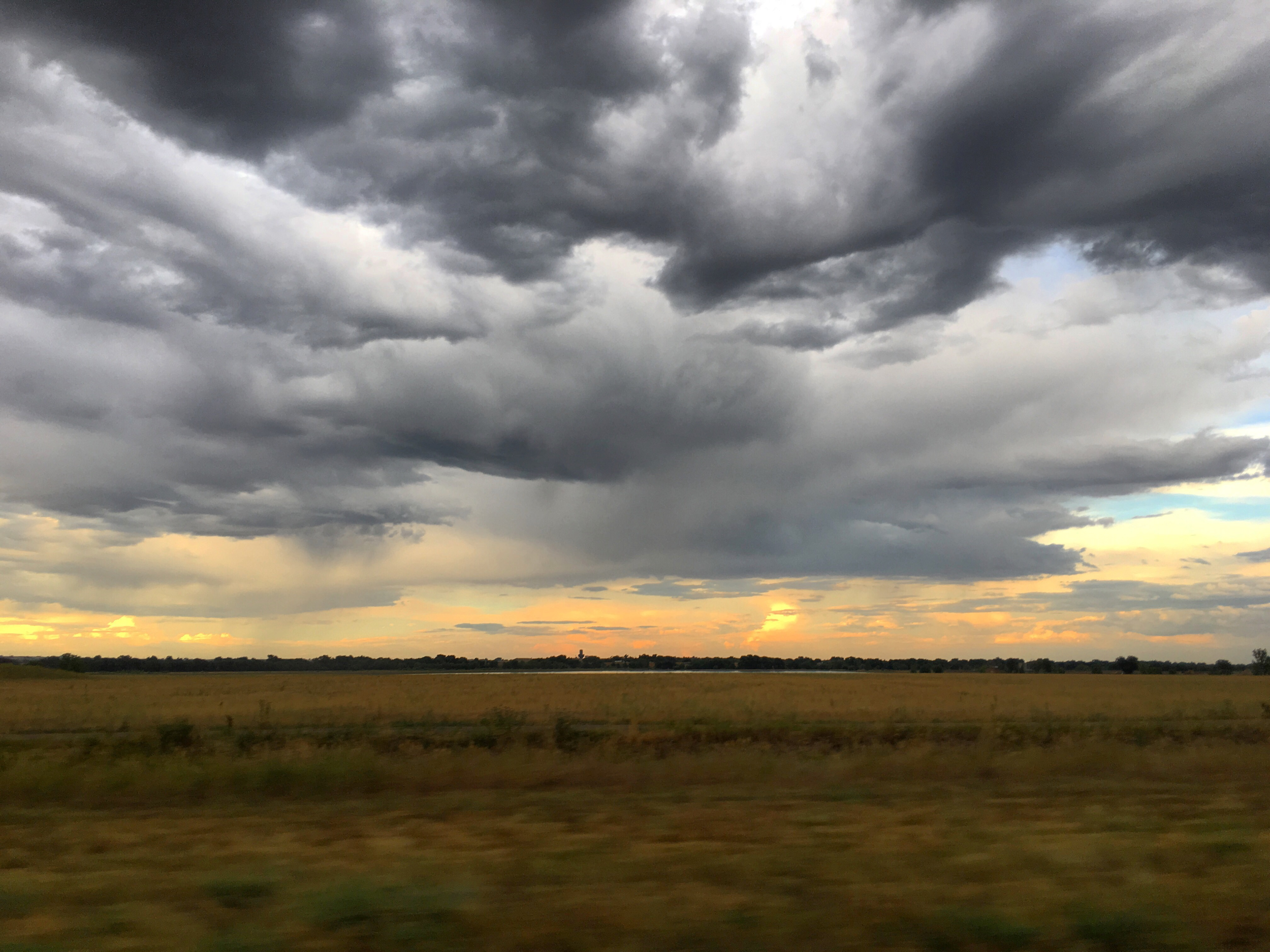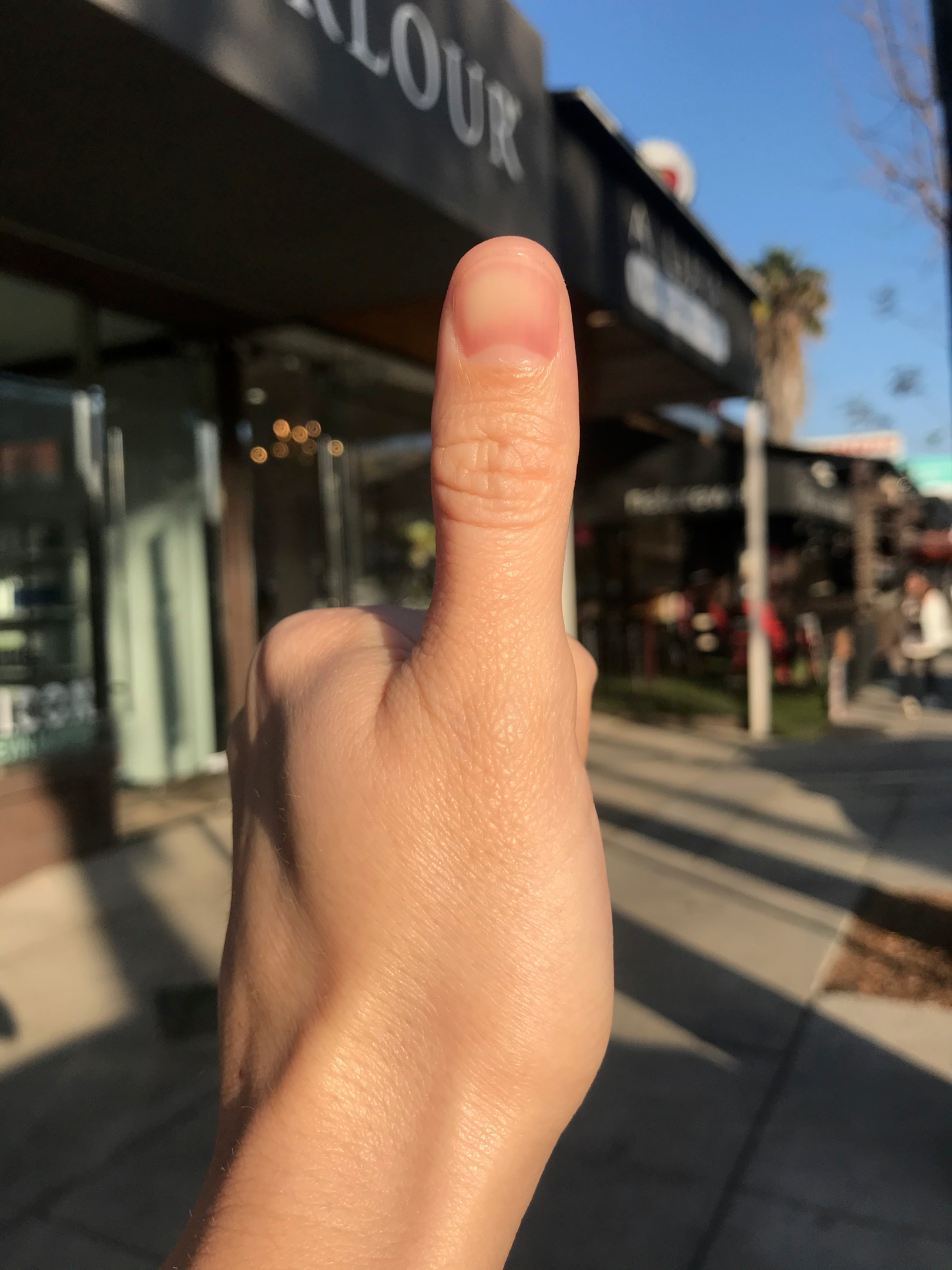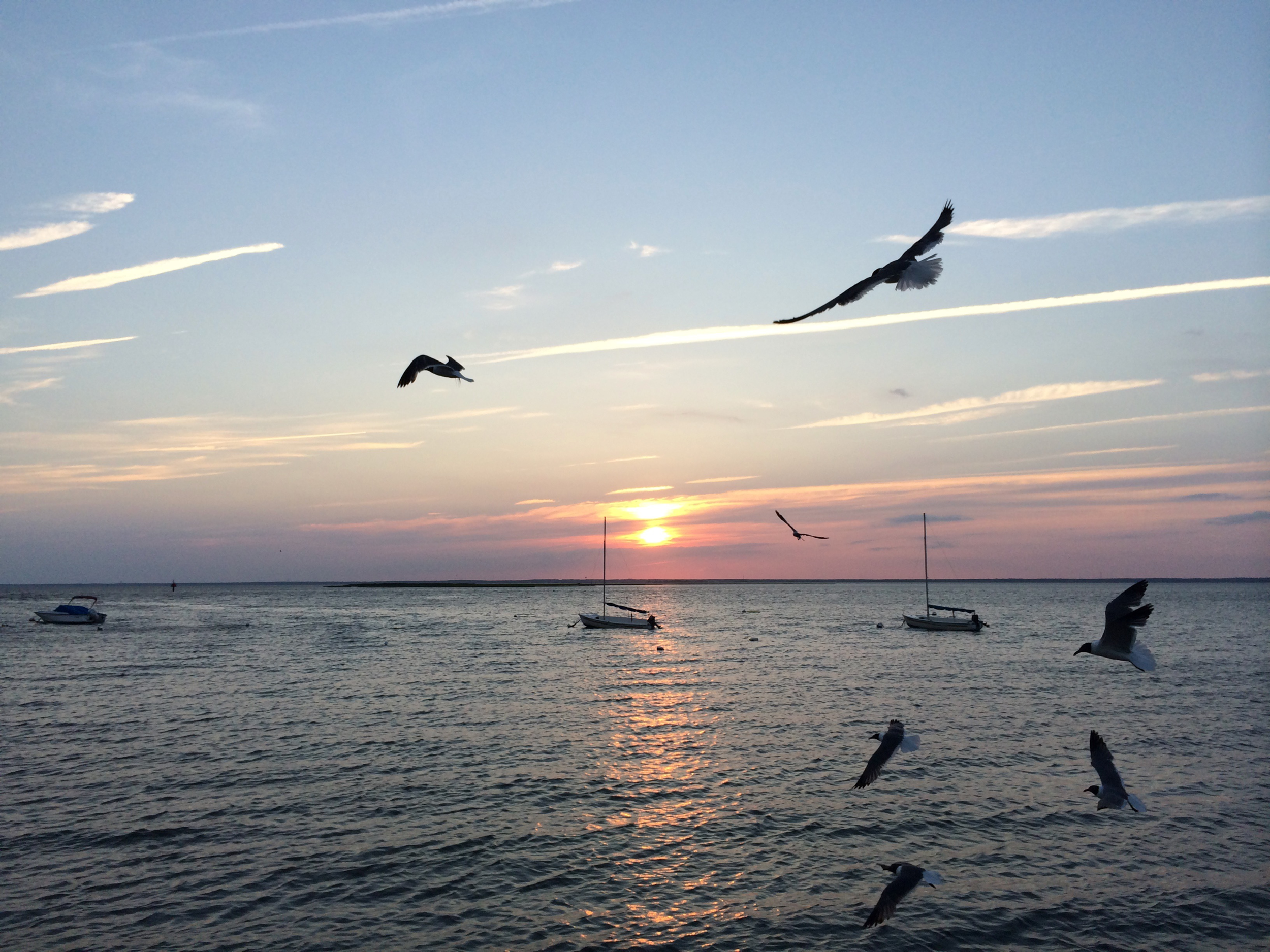Understanding Tetany in Breathwork
Understanding Tetany in Breathwork
Before we can begin to explain or help anyone understand tetany, there is a distinction and disclosure we should discuss first. Whatever BS you are managing to sort through on the interwebs, we encourage you to continue to search for best practices and an accurate explanation of tetany during breathwork, so the truth is less uncommon. Do not fear.
We also recommend that any person(s) with a history of seizures and/or seizure disorder to shy away from this particular breathing technique unless you got the "go ahead" from your doctor.
The breathwork technique we use (which most likely has its roots in the pranayama tradition) does not invoke seizures.
Merriam-Webster defines a seizure as "a sudden attack (as of disease) especially : the physical manifestations (such as convulsions, sensory disturbances, or loss of consciousness) resulting from abnormal electrical discharges in the brain (as in epilepsy)".
^Sudden, yes.
^Attack, yes. Still not a seizure.
GO SCIENCE.
Merriam-Webster defines tetany as "a condition of physiological calcium imbalance marked by tonic spasm of muscles and often associated with deficient parathyroid secretion".
Tetany is not a seizure. It IS though involuntary muscle movement partnered with a tingling or numbing sensation. A conscious connected breathing pattern during a breathwork session is not a seizure.
{Insert your best Arnold Schwarzenegger impression here.} It's not a seizure.
Breathwork may cause tetany though, and that is not a bad thing.
We're talking blood ph being altered by CO2 levels rising, WITHIN a normal atmosphere pressure-wise, not one where oxygen toxicity could occur. There actually IS a physiological explanation for tetany during breathwork and the benefits of breathwork in general. When we have a higher level of oxygen and lower level of CO2, the blood will become more alkaline.
NOTE: We are not a team of doctors nor do we hold a medical degree so we will leave the blood ph conversation for another site.
What is tetany during breathing?
You breathe in a conscious pattern and a contraction or spasm (tetany) may occur as a result. This doesn't mean that you are holding onto your breath as a hope for a spiritual experience. These sensations can occur in and around your mouth and lips, your arms and legs, and the hands.
Why do my hands cramp up during breathwork?
Some people experience cramping sensations in the hand what we lovingly refer to as the lobster claw, or claws (what asshole made calling them lobster claws popular when they are CLEARLY CRAB CLAWS). The claw could present in one or both hands and the cramping may feel like your hands will get stuck like that forever, but the sensation will pass. We have yet to see someone become paralyzed in any part of their body because of tetany or sensations as a result of the breath.
Tetany could also occur in one paw, or all four:
^Kidding. Just an excuse to put another cat photo in the mix here. Feet, paws, you get the gist.
For real though, tetany can feel alarming to someone who has never had a sensation like that happen to them before. Many people's first experience with this can be quite frightening. And not everyone will experience tetany the same way, or even experience tetany in every session.
What is great about breathwork though is that you can return to normal breathing at any time, because ultimately and immediately you are in charge. Veteran breathers can make the choice to push through the sensations if they wish, but because they know what is on the other side. (This is not a trick to get you to do anything you do not want to do or feel anything you do not want to feel.)
If someone discovered tetany in the form of a thumbs up, that'd be rad.
Why does my body tingle during breathwork?
Tingling, numbness, vibrations, a feeling of temporary paralysis...The nerves feeling alive, or a sign of healing through the process of surrender to one's own hands and feet through life force energy? This leads us to another anxiety release or emotional regulation, and all you have to do is breathe.
Some people experience tetany and a drop in their physical body temperature, so we recommend having a blanket nearby if you tend to run cold. It doesn't always happen that way, or any way for that matter. Not everyone has a tingling sensation, or a spiritual awakening, but the inhale/exhale may offer them calm and relaxation. Or it could activate their body with just the breath. Tetany is no joke even though we find it funny at times.
Can breathwork release trauma?
Please refer to our older blog about releasing trauma. It’s not possible, and folks who often make this claim have no training in trauma. Buuuuuut, integrating trauma, or reorganizing trauma is.
Not many people are willing to deep dive on their first try with this practice. You should be skeptical of your facilitator and make them earn your trust. You could though (totally up to you) let go in the container of the sessions you embark on to see if it can be a spiritual experience, with each inhale and exhale to connect with your own life force energy, to accept your body as it lies safely among your own sensations during breathwork, to just see what arises. Again, in the control of your ability to return to normal breathing at any time.
You get to decide.
Well, unless tetany decides to show up then tetany will be present for a bit.
We accept that this practice is not just about having the "right" or "safest" facilitator around, which is helpful and probably in anyone's best interest to find someone who feels right and safe for them...
It really IS about the relationship each person has with themselves during any given breathwork training. The length of your inhale and exhale is up to you, even though someone may be your guide. If our physiological explanation is not good enough for you to get started with the breath, reach out to us, we would be happy to face our fear (kidding) and come up with a different way to approach this body work so you can better understand what can happen when your life healing is breathwork, the post or pre-anxiety breath into deep healing and surrender to what is.



